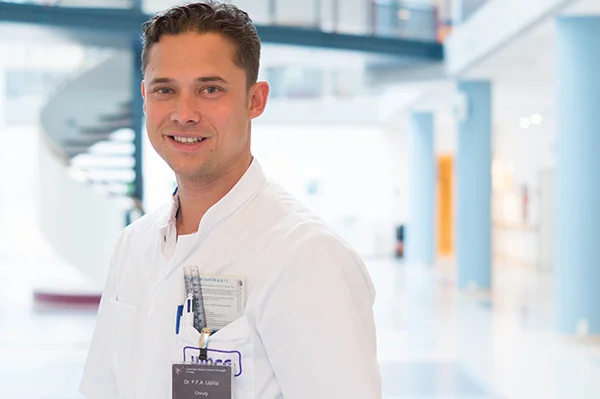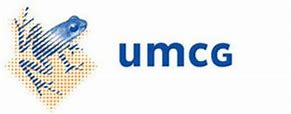Complete development of the workflow for the design and production of custom-made implants for the treatment of patients with complex bone fractures. This includes the treatment of acute injuries and repair surgery of their late sequelae (position corrections of “wrong” or unhealed bone parts).
Background
Every year, approximately 300 seriously injured accident victims with various injuries are admitted to the UMCG. These injuries often lead to long-term hospital admissions, multiple surgeries, limitation in social activities, long-term inability to work and therefore have a major personal and social impact on both young and older patients who were still fully active in society.
Accurate surgical repair of complex bone fractures (e.g. of the pelvis) is essential for good functional recovery in the long term. With the current implants, it is often not possible to repair the lesions properly. The reason for this is that there are no custom implants (plates and screws) available due to differences between people (age, height, gender) and type of injuries (fracture patterns).
Major advantages of a ‘tailor-made implant’ are that: (1.) surgeries can be performed faster with less risk of infections; (2.) can be performed more precisely, resulting in less pain, stiffness and immobility; (3.) that the implants have a better fit and are stronger, so that the patient can put more weight on his/her leg (number of weeks). This leads to health gains in the form of quality of life, faster return to work and reduction of complications. The additional healthcare costs of an infection are +/- 8 times higher (+/- 120,000 E per patient) compared to patients who do not develop this complication.
In recent years, we have built up a regional collaboration between the business community (e.g. Witec Fijnmechanische Techniek B.V.) and hospitals (surgeons, technical physicians, biomedical technologists) for the development of patient-specific implants using 3D technology. Some implants have already been successfully used in severely injured patients with pelvic fractures, among other things. In addition, some implants for repair of injuries to arms and legs (including knee and wrist) are still under development. We are a global leader in this field. This has led to innovation, knowledge development, education (of researchers and employees in industry and hospitals) and employment by attracting new orders (production of medical devices) in the region.
Purpose of the current project
Optimizing the workflow for the design and production of custom-made implants for the treatment of patients with complex bone fractures. This concerns the treatment of acute injuries and repair of the late consequences of these (position corrections of ‘wrong’ or not healed bone parts).
The current sub-topics are central to this:
Complete development of the workflow for the design and production of custom-made implants for the treatment of patients with complex bone fractures. This includes the treatment of acute injuries and repair surgery of their late sequelae (position corrections of “wrong” or unhealed bone parts).



